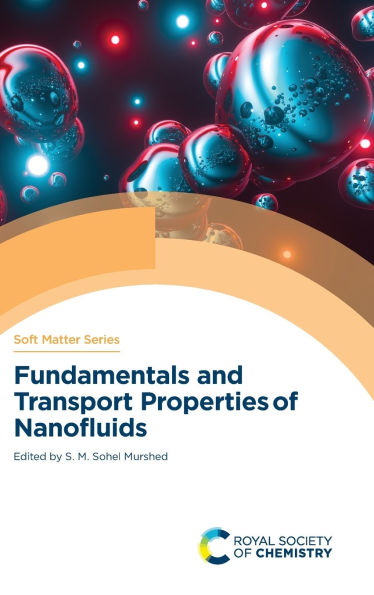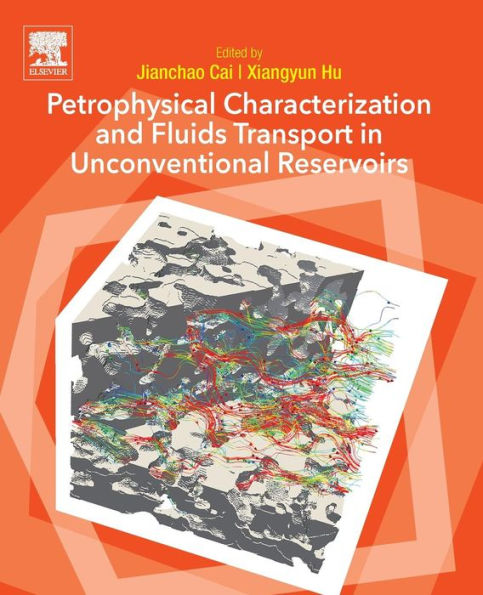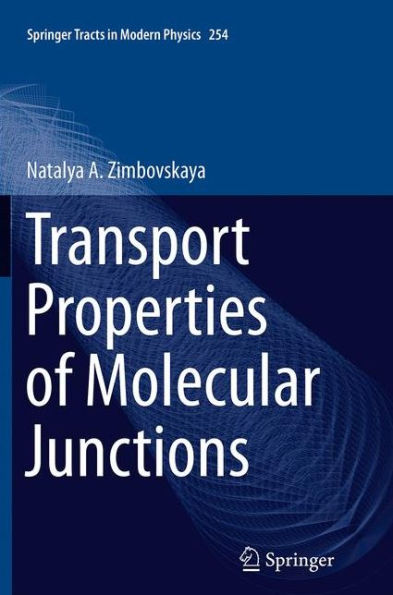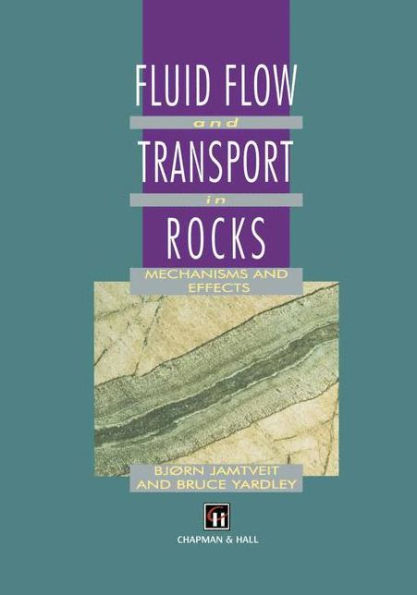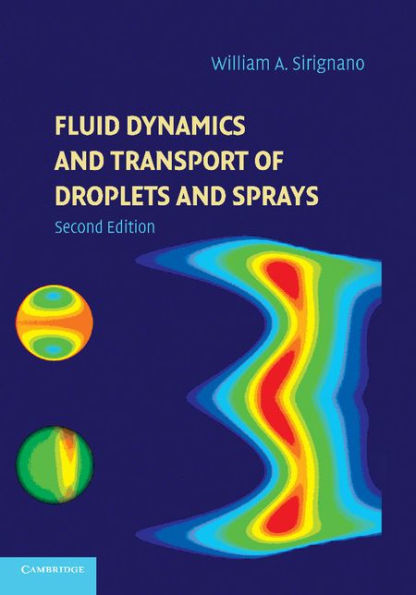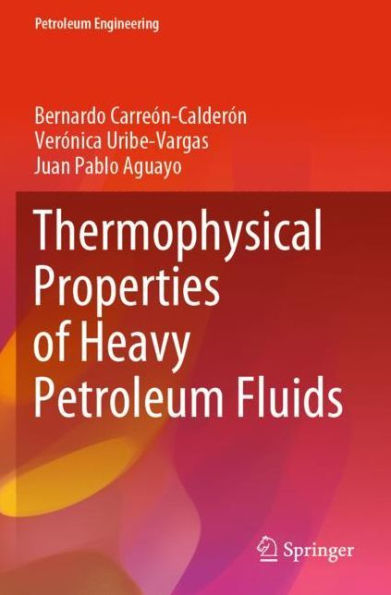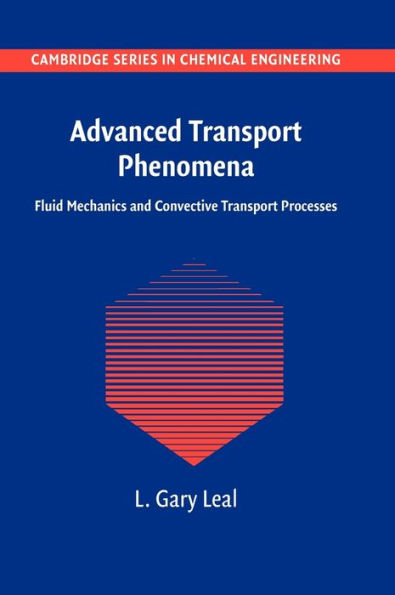Home
Fluids in the Crust: Equilibrium and transport properties
Barnes and Noble
Loading Inventory...
Fluids in the Crust: Equilibrium and transport properties in Franklin, TN
Current price: $219.99
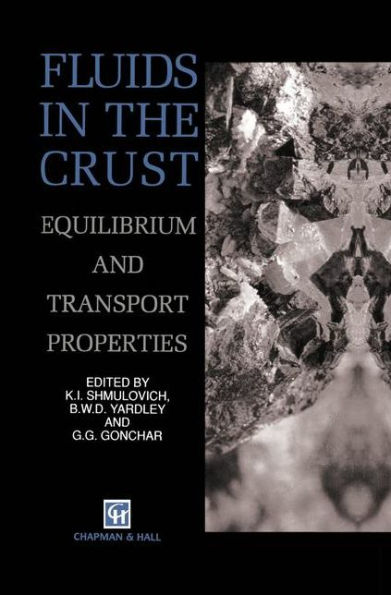
Barnes and Noble
Fluids in the Crust: Equilibrium and transport properties in Franklin, TN
Current price: $219.99
Loading Inventory...
Size: OS
For much of the 20th century, scientific contacts between the Soviet Union and western countries were few and far between, and often super ficial. In earth sciences, ideas and data were slow to cross the Iron Curtain, and there was considerable mutual mistrust of diverging scient ific philosophies. In geochemistry, most western scientists were slow to appreciate the advances being made in the Soviet Union by os. Korz hinskii, who put the study of ore genesis on a rigorous thermodynamic basis as early as the 1930s. Korzhinskii appreciated that the most fundamental requirement for the application of quantitative models is data on mineral and fluid behaviour at the elevated pressures and temper atures that occur in the Earth's crust. He began the work at the Institute of Experimental Mineralogy (IEM) in 1965, and it became a separate establishment of the Academy of Sciences in Chernogolovka in 1969. The aim was to initiate a major programme of high P-T experimental studies to apply physical chemistry and thermodynamics to resolving geological problems. For many years, Chernogolovka was a closed city, and western scient ists were unable to visit the laboratories, but with the advent of peres troika in 1989, the first groups of visitors were eagerly welcomed to the IEM. What they found was an experimental facility on a massive scale, with 300 staff, including 80 researchers and most of the rest pro viding technical support.
For much of the 20th century, scientific contacts between the Soviet Union and western countries were few and far between, and often super ficial. In earth sciences, ideas and data were slow to cross the Iron Curtain, and there was considerable mutual mistrust of diverging scient ific philosophies. In geochemistry, most western scientists were slow to appreciate the advances being made in the Soviet Union by os. Korz hinskii, who put the study of ore genesis on a rigorous thermodynamic basis as early as the 1930s. Korzhinskii appreciated that the most fundamental requirement for the application of quantitative models is data on mineral and fluid behaviour at the elevated pressures and temper atures that occur in the Earth's crust. He began the work at the Institute of Experimental Mineralogy (IEM) in 1965, and it became a separate establishment of the Academy of Sciences in Chernogolovka in 1969. The aim was to initiate a major programme of high P-T experimental studies to apply physical chemistry and thermodynamics to resolving geological problems. For many years, Chernogolovka was a closed city, and western scient ists were unable to visit the laboratories, but with the advent of peres troika in 1989, the first groups of visitors were eagerly welcomed to the IEM. What they found was an experimental facility on a massive scale, with 300 staff, including 80 researchers and most of the rest pro viding technical support.

